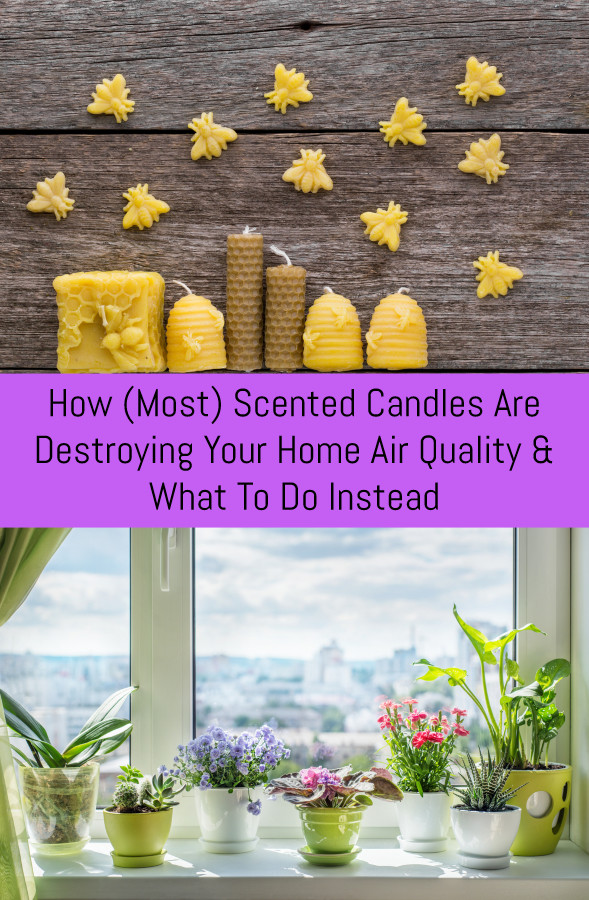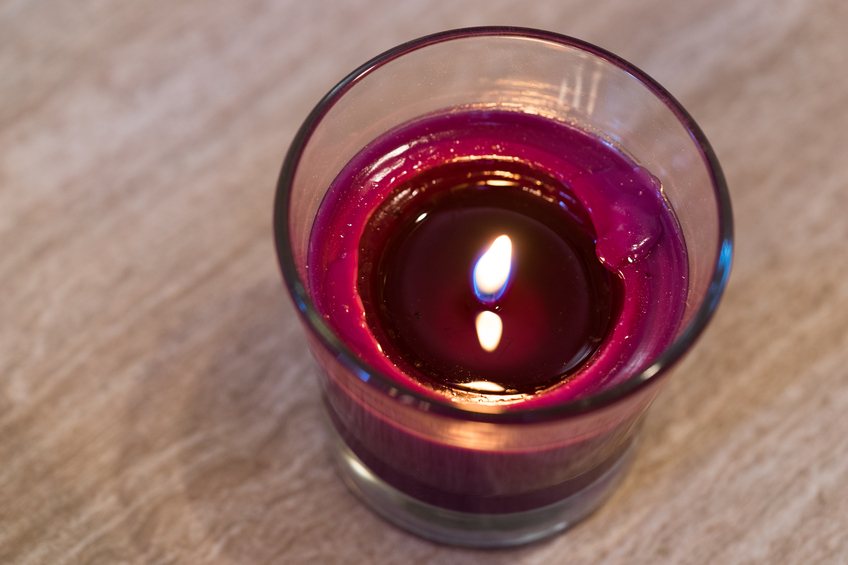
Emitting a soft, warm, ambient glow, candles have been used for centuries for warding off the blackness of night.
Dating back to at least 500 BC, candles were developed independently across the globe and were made from natural substances like beef tallow, whale fat, boiled cinnamon, beeswax, and yak butter.
In the 1850s, Scottish chemist James Young first distilled paraffin wax from residues left over after crude petroleum was refined into kerosene.
Creating a bluish-white wax that burned cleanly compared with tallow, paraffin wax was cheap to produce and quickly became the preeminent candle making material.
With the invention of the incandescent light bulb in 1879, candles have become more of a decorative, mood-setting, celebratory item than the lighting utility it once was.
And who doesn’t love the glimmer of a flickering flame, the dancing shadows, the subtle light that only a candle can provide?
But, as with so many modern advances, lighting a candle inside your home is not as harmless as it may seem…
The Problem with Paraffin
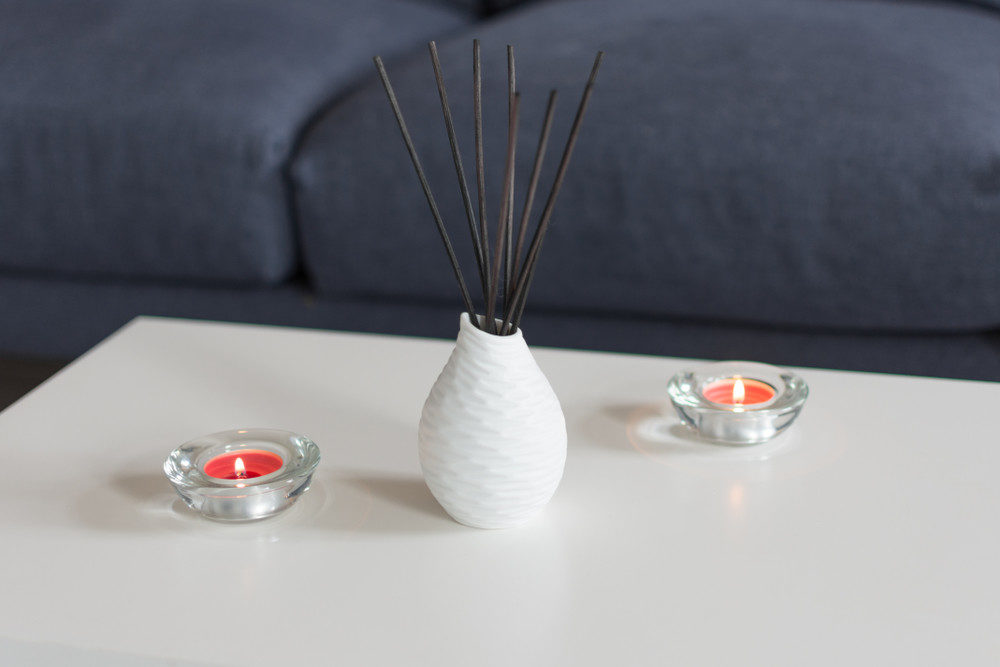
Since paraffin wax is a by-product of fossil fuels, burning these types of candles produces emissions that can compromise indoor air quality.
According to a report published by the EPA, paraffin wax candles (as well as incense) release small amounts of chemical compounds when burned. These include:
Acetaldehyde
Occurring naturally in foods like ripened fruit and vegetables, acetaldehyde is also produced by industry as a food additive and flavoring, in perfumes and dyes, and for making other chemicals.
Becoming a gas at room temperature, inhaling it can irritate the lungs, eyes, nose, and throat. It is a probable human carcinogen.
Formaldehyde
Although trace amounts of formaldehyde is emitted by plants and animals, it is used widely in an array of consumer goods such as composite wood, glues, fertilizers and pesticides, paints, and paper products.
A known human carcinogen, the health effects of formaldehyde exposure include eye, nose, and throat irritation, headaches and dizziness, impaired memory and concentration, and an increased risk for developing allergies and / or asthma.
Acrolein
Used for the creation of other chemicals and as an aquatic herbicide and biocide, acrolein is toxic when inhaled, resulting in irritation of the respiratory tract.
While its cancer status is not known, acrolein exposure can induce DNA damage which initiates mutagenesis, i.e. changes in one’s genetic structure.
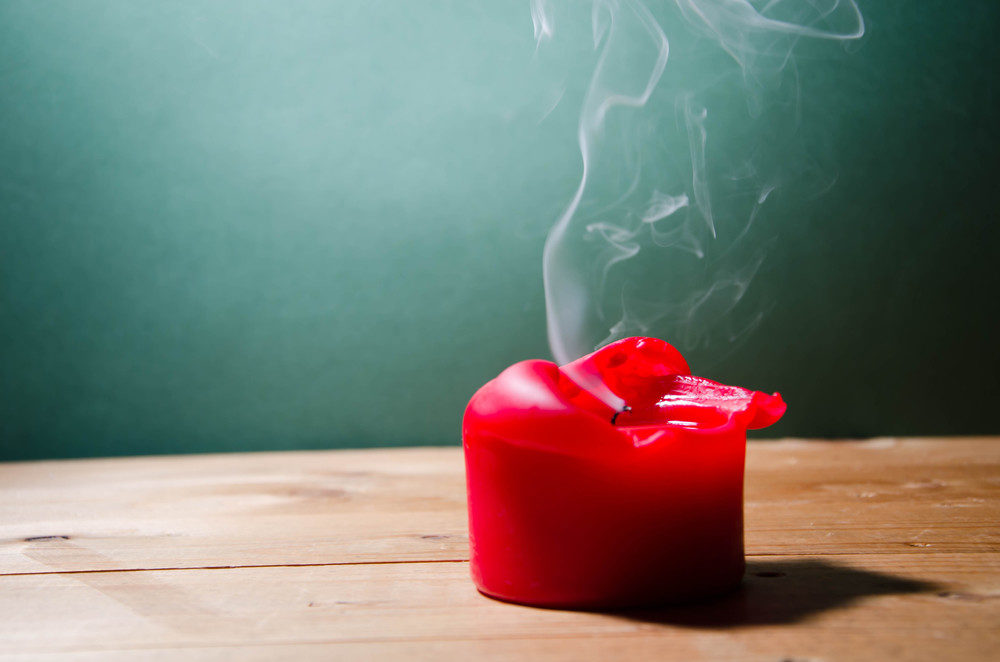
Dioxins and Furans
Created by accident and serving no purpose, polychlorinated dibenzodioxins (PCDDs) and polychlorinated dibenzofurans (PCDFs) represent a class of organic compounds that are the by-products of industrial activities and combustion processes.
The most toxic dioxin is TCDD which was one of the components of Agent Orange. Both PCDDs and PCDFs are suspected to be carcinogenic and exposure has been linked to physical weakness, depression of the immune system, changes in liver function, and nervous system abnormalities.
Polycyclic Aromatic Hydrocarbons
Caused by the incomplete burning of coal, oil, and gas, polycyclic aromatic hydrocarbons (PAHs) are the sooty part of smoke. There are more than 100 different PAH compounds, several of which are classed as probable human carcinogens.
While the methodology used to measure these contaminants was performed as a worst-case scenario – burning 30 candles in a space of 125 square feet for three hours, for example – the concentrations of formaldehyde and acetaldehyde were found to exceed “acceptable” cancer risk levels, according to the EPA.
Even if you don’t burn that many candles, many scientists believe there is no safe level of exposure of a carcinogen.
Is That Lead in Your Candle Wick?
Originally added to the core of a candle wick to keep the wick upright and rigid during burning, lead cores were found to release lead into the air via candle smoke at seven times the level deemed safe for children.
Since lead poisoning can cause developmental delays and learning difficulties in children and mood disorders, memory loss, and cognitive decline in adults, candle manufacturers in the US voluntarily discontinued the use of lead core wicks in the 1970s.
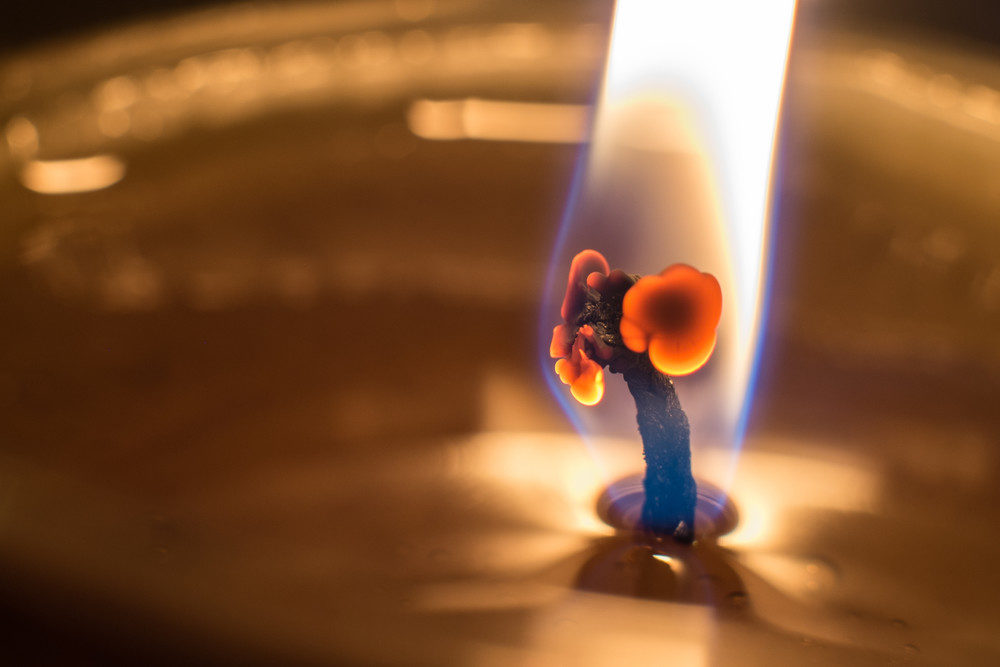
Despite this, lead wicks were still found on the market, which ultimately led to a nationwide ban in 2003. Nevertheless, if your candles were purchased before 2003 or were manufactured outside of the US, you may still have lead in your candle wicks.
An easy way to test for leaded wicks is to peel back the wick to see if there is an inner wire.
Another testing method is to rub the end of the wick from an unburned candle with a piece of paper; if it leaves a pencil-like mark, there’s likely a lead core within.
Artificial Fragrances = More Soot
Formed when fuels are burned at low temperature, black soot is a mass of impure carbon particles that are released as fine particulate matter into the air.
Smaller than dust, sand, and the breadth of a human hair, soot particles are 2.5 micrometers or less in diameter – so tiny that they are easily inhaled and can deeply penetrate the lungs.
Polluting the atmosphere, soot contains dust, metals, acids, and toxic chemicals like phthalates, benzene, and toluene. Once soot is airborne inside the home, it eventually settles on floors, walls, ceilings, and furniture.
It is a major health concern that has been linked to premature death, heart attacks, strokes, acute bronchitis, and aggravated asthma.
Although fireplaces, wood stoves, furnaces, and water heaters can vent soot inside the home, burning candles is another way soot finds its way into your body.
Candles scented with artificial fragrances produce significantly more soot – more than 17 times as much – than the non-scented variety.
And if you think the soot produced by a candle would be less harmful than other types of soot, consider that candle soot has a composition similar to the output of diesel engine exhaust!
Part of the problem is that, under the Fair Packaging and Labeling Act, companies are not required by law to disclose the ingredients in a synthetic fragrance or flavor since these are considered proprietary “trade secrets”.
However, in a move toward transparency, the International Fragrance Association published a list of ingredients used by its members, an accounting nearly 3,000 entries long and full of complex and impossible-to-pronounce chemicals.
The Environmental Working Group examined this list and found that many of these chemicals are particularly nasty (phthalates, octoxynols, and nonoxynols) which can cause hormone disruption, birth defects, and possibly cancer.
3 Safer Alternatives to Petroleum Wax

Beeswax
Candle lovers, take heart: there are better, healthier alternatives to burning paraffin wax candles. Opt instead for another fuel source:
100% organic, beeswax candles burn cleanly and do not produce the toxic chemicals that paraffin wax candles do. They are naturally sweet-smelling, dripless, and long-burning.
Try this Bluecorn Naturals 100% Pure Raw Beeswax Candle.
Soy
Also free of airborne pollutants, soy wax is made from hydrogenated soybean oil. When purchasing soy candles, you will want to make sure they are organic and free of GMOs, pesticides, and herbicides.
This is easier said than done since 91% of soybeans grown in the US are genetically modified, but these Mambino Organics Soy Candles fit the bill.
Palm
Steam distilled from the essential oils of the palm fruit, palm wax offers yet another safer alternative to “gas wax”. With a marbled appearance, palm wax candles burn cleanly and, because the wax is very hard in texture, they will burn for quite a long time.
Try these Aloha Bay Palm Wax Candles.
5 Tips for Improving Indoor Air Quality

Check the Label
When purchasing candles, look at the ingredients listed on the label.
Stay away from candles that only have limited information on the label, such as simply “wax” or “fragrance” since these are likely to be paraffin wax and artificially scented.
You will want to see, at a minimum, things like “lead-free wick”, “pure essential oils”, and “vegetable based wax”.
Minimize Soot
Anytime you burn something, soot will be generated but there are ways to lessen the amount. Always trim candle wicks to a ¼ inch and keep the burning candle away from drafts.
Because the vast majority of soot is created when candles are blown out, you can reduce smoke and soot emissions by purchasing a wick dipper to extinguish the flame.
Use a Candle Warmer
Requiring no flame, candle warmers like this one gently warm the wax of a candle and so do not emit smoke, soot, or chemicals.
Try a Diffuser
If you burn candles primarily for aromatherapy or to imbue a room with a wonderful scent, you can cut out the candle entirely and use an essential oil diffuser.
Get Some Houseplants
Living, breathing air purifiers, plants will help reduce air pollution in your home. Here are 13 lovelies that are well-worth growing.
Read Next: How To Purify Home Air With A Himalayan Salt Lamp + More Incredible Benefits
Pin This To Save For Later
